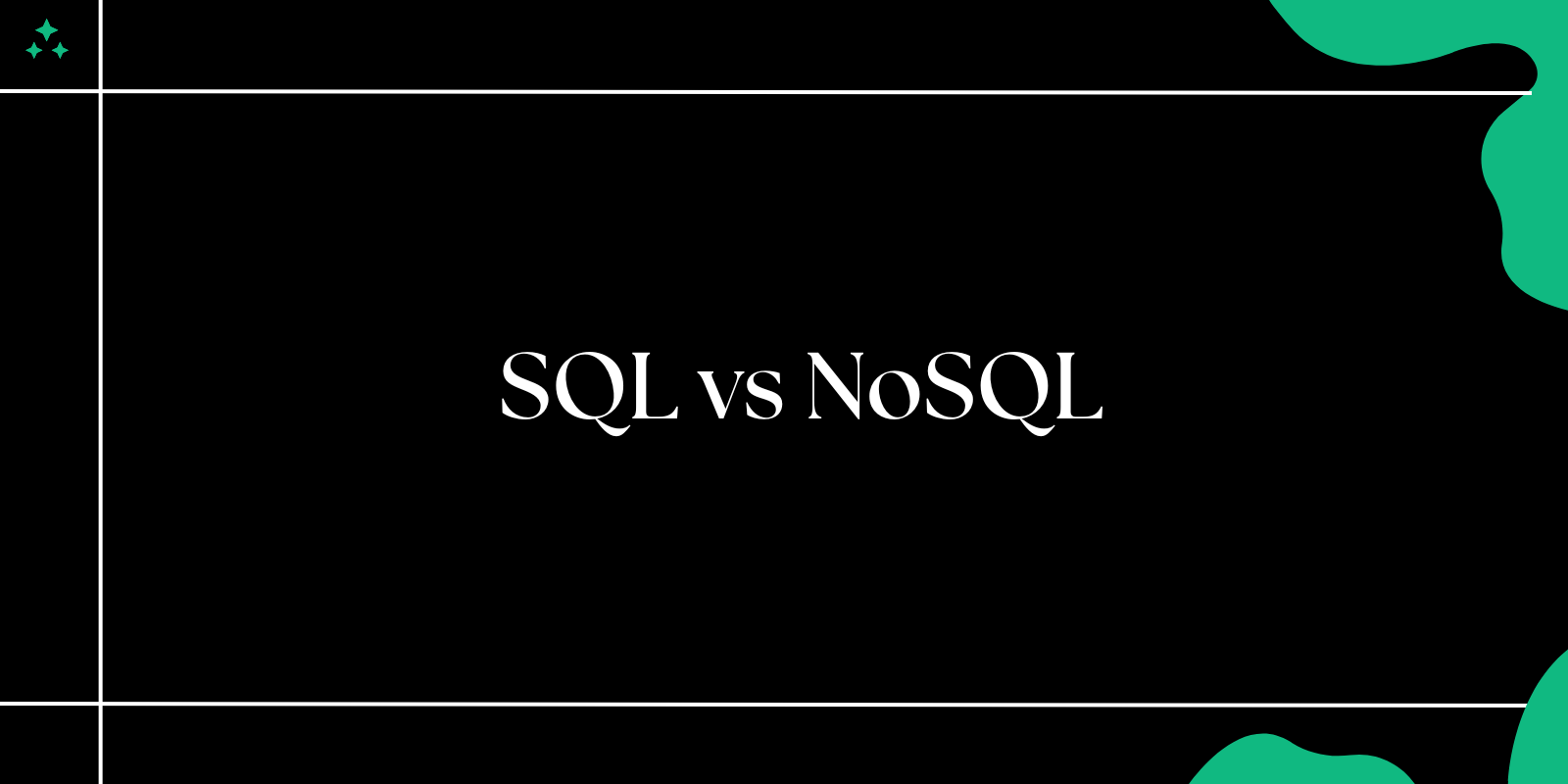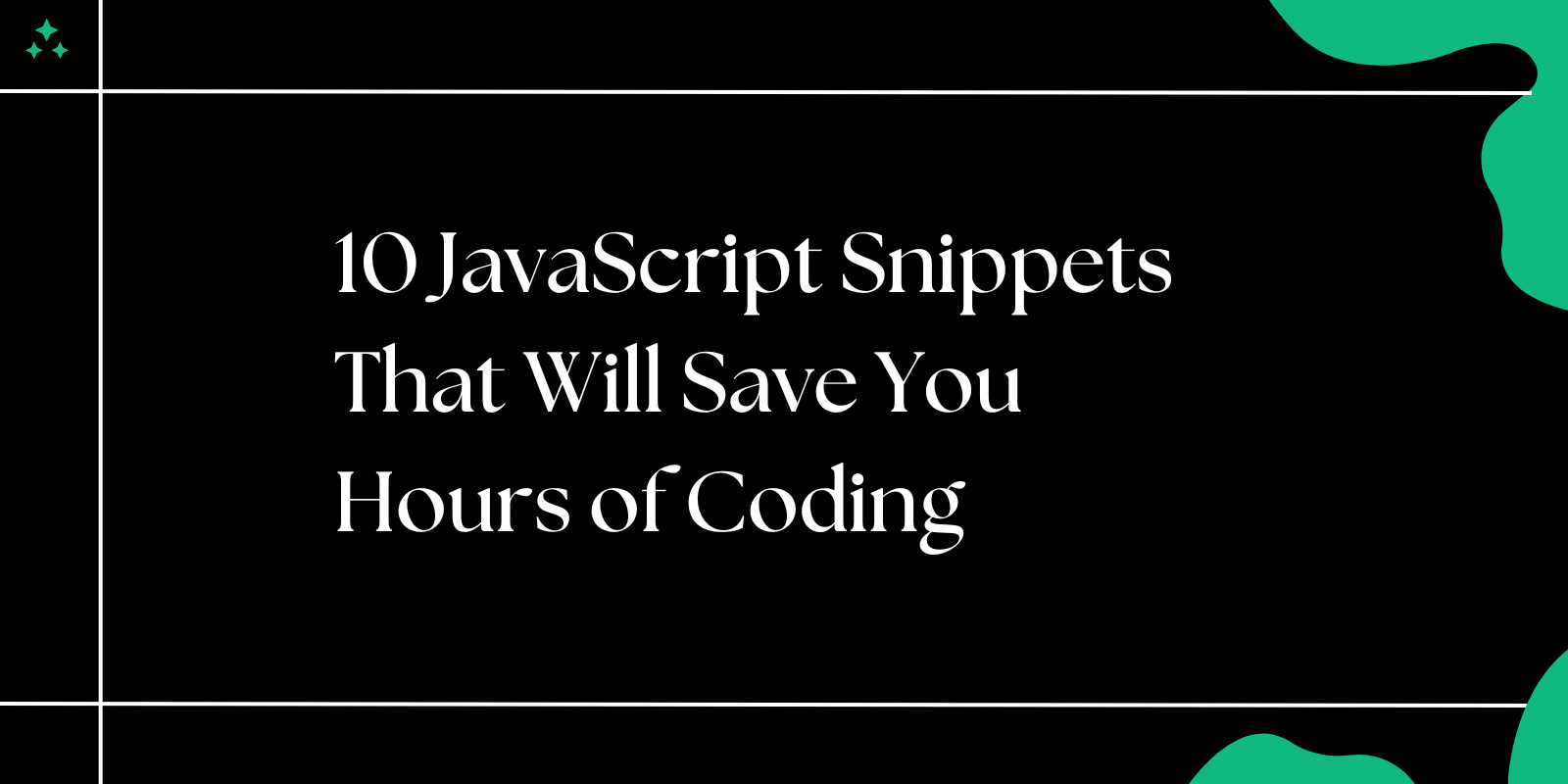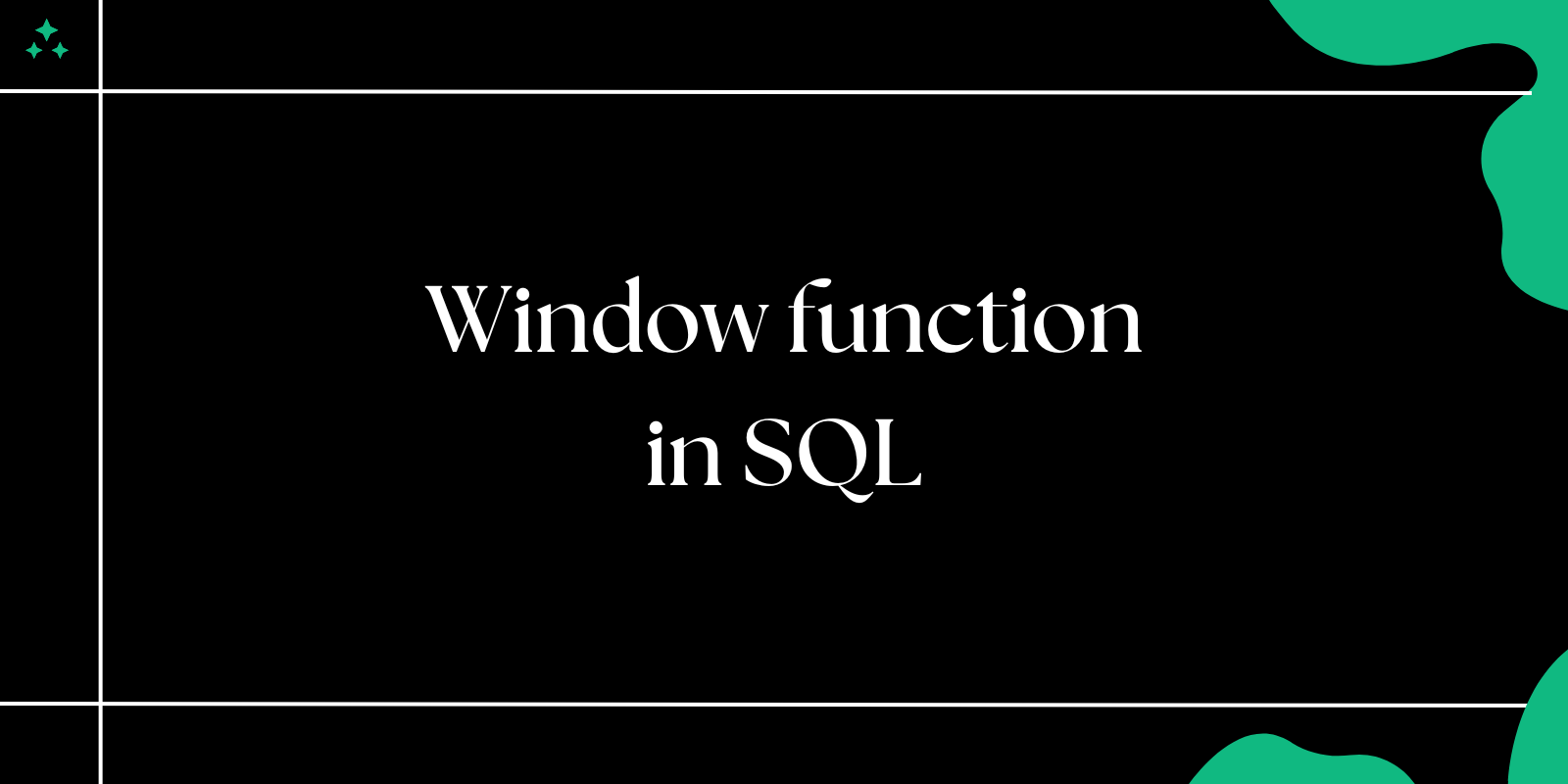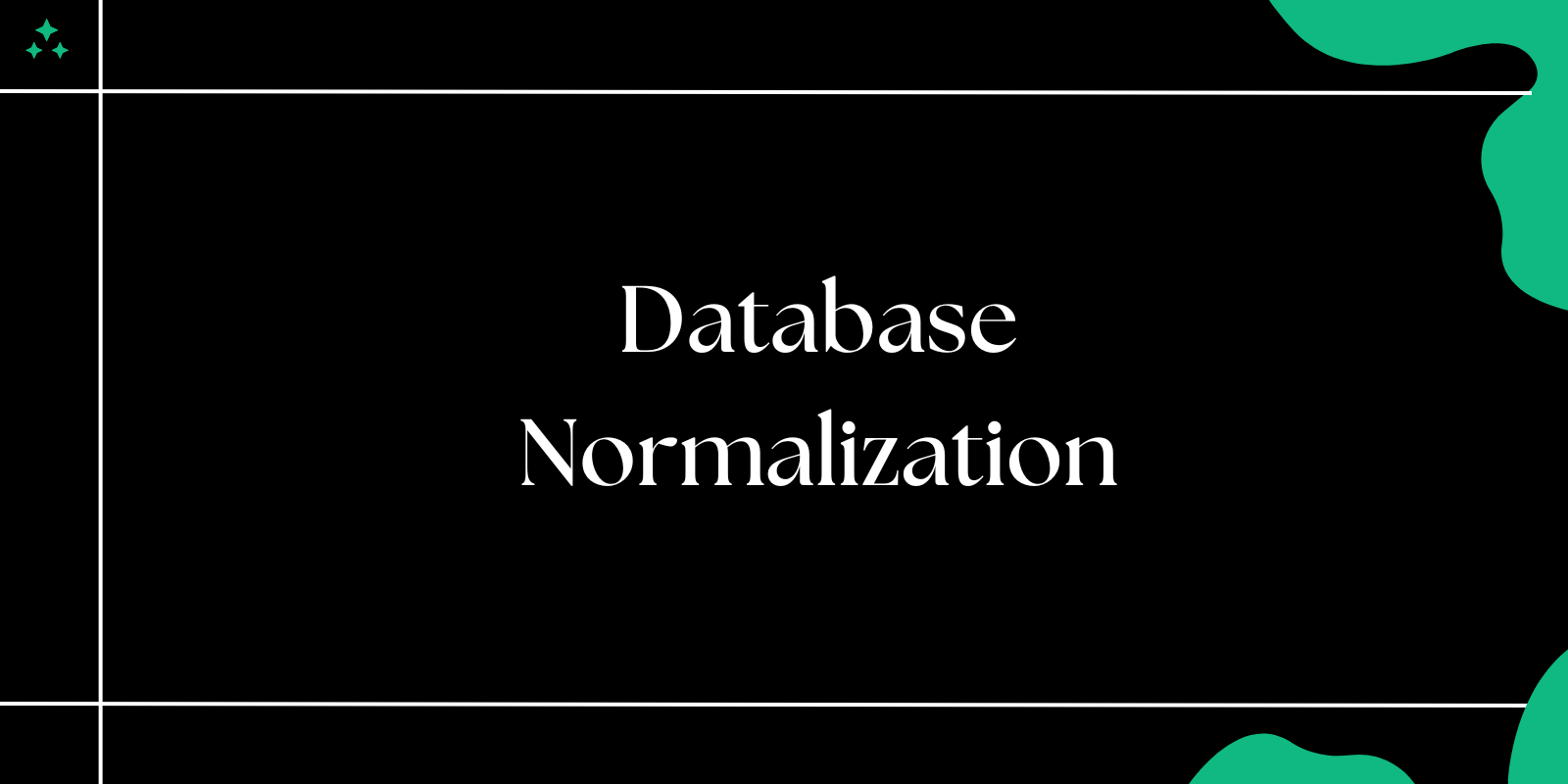Introduction
Database architecture decisions can make or break your application's performance, maintainability, and scalability. The choice between SQL and NoSQL isn't just about picking a technology-it's about understanding how your data flows, how your application will grow, and what trade-offs you're willing to accept.
After working with both paradigms across various projects, from financial platforms requiring strict ACID compliance to real-time analytics systems handling millions of events, I've learned that the "best" database is the one that aligns with your specific requirements and constraints. This guide breaks down the practical differences between SQL and NoSQL databases, helping you make informed decisions based on real-world scenarios.
What Is SQL?
SQL databases represent data through a relational model where information is organized into tables with predefined schemas. Think of them as digital spreadsheets with strict rules about what data can go where and how different pieces of information connect to each other.
Core Architecture
The relational model enforces structure through:
- Tables (Relations): Store data in rows and columns
- Primary Keys: Unique identifiers for each record
- Foreign Keys: References that link tables together
- Constraints: Rules that maintain data integrity
Key Features
Structured Schema: Every table has a defined structure that must be followed. When you create a users table, you specify exactly what columns exist, their data types, and any constraints.
CREATE TABLE users (
id SERIAL PRIMARY KEY,
email VARCHAR(255) UNIQUE NOT NULL,
created_at TIMESTAMP DEFAULT NOW(),
profile_data JSONB
);
ACID Compliance: SQL databases guarantee Atomicity, Consistency, Isolation, and Durability. This means your transactions either complete entirely or fail entirely-no partial updates that leave your data in an inconsistent state.
Relational Queries: The power of SQL lies in its ability to join data across multiple tables efficiently. Complex relationships can be queried in a single statement.
Practical SQL Example
-- Get user order history with product details
SELECT
u.email,
o.order_date,
p.product_name,
oi.quantity,
oi.price
FROM users u
JOIN orders o ON u.id = o.user_id
JOIN order_items oi ON o.id = oi.order_id
JOIN products p ON oi.product_id = p.id
WHERE o.order_date >= '2024-01-01'
ORDER BY o.order_date DESC;
💡 Tip: SQL's declarative nature means you describe what you want, not how to get it. The query optimizer handles the execution strategy, often finding more efficient paths than you'd implement manually.
What Is NoSQL?
NoSQL databases break away from the rigid table structure, offering flexible data models that can adapt to changing requirements. The term "NoSQL" originally meant "No SQL" but has evolved to "Not Only SQL," reflecting that many NoSQL databases now support SQL-like query languages.
Data Models
NoSQL databases typically fall into four categories:
Document Stores: Store data as documents (usually JSON or BSON) Key-Value Stores: Simple key-value pairs, like a distributed hash table Column-Family: Store data in column families, optimized for queries over large datasets Graph Databases: Represent data as nodes and relationships
Key Features
Schema Flexibility: Documents can have different structures within the same collection. You can add fields to new documents without modifying existing ones.
// MongoDB collection can contain varied document structures
db.products.insertMany([
{
_id: ObjectId("..."),
name: "Laptop",
price: 999.99,
specs: {
cpu: "Intel i7",
ram: "16GB",
storage: "512GB SSD"
}
},
{
_id: ObjectId("..."),
name: "T-Shirt",
price: 29.99,
sizes: ["S", "M", "L", "XL"],
material: "Cotton"
// No specs field needed
}
]);
Horizontal Scalability: NoSQL databases are designed to distribute data across multiple servers (sharding), making it easier to handle growing datasets.
Optimized for Specific Use Cases: Each NoSQL type excels in particular scenarios-document stores for content management, key-value stores for caching, graph databases for social networks.
Practical NoSQL Example
// MongoDB aggregation pipeline for user analytics
db.user_events.aggregate([
{ $match: { event_type: "purchase", date: { $gte: new Date("2024-01-01") } } },
{ $group: {
_id: "$user_id",
total_spent: { $sum: "$amount" },
purchase_count: { $count: {} }
}},
{ $sort: { total_spent: -1 } },
{ $limit: 100 }
]);
⚠️ Warning: Schema flexibility can lead to data inconsistency if not managed properly. Always implement validation at the application level when using schema-less databases.
Advantages of SQL
Data Integrity and Consistency
SQL databases excel when data accuracy is non-negotiable. The ACID properties ensure that your database remains consistent even under concurrent access and system failures.
-- Bank transfer transaction
BEGIN;
UPDATE accounts SET balance = balance - 1000 WHERE account_id = 'sender123';
UPDATE accounts SET balance = balance + 1000 WHERE account_id = 'receiver456';
COMMIT;
-- Either both updates succeed or both fail
Complex Query Capabilities
SQL's expressive power allows for sophisticated data analysis and reporting without moving large datasets to the application layer.
-- Advanced analytics query
WITH monthly_sales AS (
SELECT
DATE_TRUNC('month', order_date) as month,
SUM(total_amount) as revenue,
COUNT(*) as order_count
FROM orders
WHERE order_date >= '2023-01-01'
GROUP BY DATE_TRUNC('month', order_date)
)
SELECT
month,
revenue,
LAG(revenue) OVER (ORDER BY month) as prev_month_revenue,
(revenue - LAG(revenue) OVER (ORDER BY month)) / LAG(revenue) OVER (ORDER BY month) * 100 as growth_rate
FROM monthly_sales
ORDER BY month;
Mature Tooling and Standards
The SQL ecosystem offers robust tooling for administration, monitoring, backup, and migration. Most developers are familiar with SQL, reducing onboarding time for new team members.
📌 Note: PostgreSQL's JSONB data type bridges the gap between relational and document storage, offering the best of both worlds for many use cases.
Advantages of NoSQL
Schema Evolution
NoSQL databases shine when your data model is still evolving or when you're dealing with heterogeneous data sources.
// Easy schema evolution in MongoDB
// Start with basic user profile
db.users.insertOne({
email: "user@example.com",
name: "John Doe"
});
// Later, add social features without migration
db.users.updateOne(
{ email: "user@example.com" },
{ $set: {
social_profiles: {
twitter: "@johndoe",
linkedin: "johndoe"
},
preferences: {
theme: "dark",
notifications: true
}
}}
);
Performance at Scale
NoSQL databases often provide better performance for specific access patterns, especially when dealing with large volumes of data that don't require complex joins.
// Efficient user timeline query in MongoDB
db.posts.find({ author_id: { $in: user_following } })
.sort({ created_at: -1 })
.limit(50);
Distributed Architecture
Built-in sharding and replication make it easier to scale horizontally as your application grows.
// MongoDB sharding configuration
sh.enableSharding("myapp");
sh.shardCollection("myapp.user_events", { "user_id": 1, "timestamp": 1 });
💡 Tip: NoSQL databases often sacrifice consistency for availability and partition tolerance (CAP theorem). Understand these trade-offs before choosing NoSQL for critical applications.
When to Use SQL
Complex Business Logic
SQL databases excel when your application involves intricate relationships and business rules that benefit from referential integrity.
Example Use Cases:
- E-commerce platforms: Product catalogs with categories, variants, inventory, and pricing rules
- ERP systems: Complex workflows with approvals, audit trails, and multi-entity relationships
- Financial applications: Transaction processing with strict accuracy requirements
-- Complex inventory management with constraints
CREATE TABLE inventory_movements (
id SERIAL PRIMARY KEY,
product_id INTEGER REFERENCES products(id),
movement_type VARCHAR(10) CHECK (movement_type IN ('IN', 'OUT')),
quantity INTEGER CHECK (quantity > 0),
created_at TIMESTAMP DEFAULT NOW()
);
-- Trigger to maintain stock levels
CREATE OR REPLACE FUNCTION update_stock_level()
RETURNS TRIGGER AS $$
BEGIN
IF NEW.movement_type = 'OUT' THEN
UPDATE products
SET stock_quantity = stock_quantity - NEW.quantity
WHERE id = NEW.product_id;
ELSE
UPDATE products
SET stock_quantity = stock_quantity + NEW.quantity
WHERE id = NEW.product_id;
END IF;
RETURN NEW;
END;
$$ LANGUAGE plpgsql;
Reporting and Analytics
SQL's aggregation capabilities and window functions make it ideal for business intelligence and reporting requirements.
⚠️ Warning: Avoid SQL databases for write-heavy applications with simple data models. The overhead of maintaining indexes and enforcing constraints can become a bottleneck.
When to Use NoSQL
High-Velocity Data Ingestion
NoSQL databases handle high-throughput scenarios better, especially when you need to ingest data from multiple sources with varying structures.
Example Use Cases:
- IoT applications: Sensor data with different schemas and high write volumes
- Social media platforms: User-generated content with unpredictable data structures
- Real-time analytics: Event streaming and log aggregation
// Handling heterogeneous IoT data
db.sensor_data.insertMany([
{
device_id: "temp_001",
timestamp: new Date(),
temperature: 23.5,
humidity: 45.2,
location: { lat: 40.7128, lng: -74.0060 }
},
{
device_id: "motion_002",
timestamp: new Date(),
motion_detected: true,
battery_level: 0.85,
zone: "warehouse_a"
}
]);
Content Management Systems
Document databases naturally map to content structures with nested data and varying field requirements.
// Flexible content structure
db.articles.insertOne({
title: "Database Architecture Guide",
slug: "database-architecture-guide",
content: "...",
author: {
name: "John Developer",
bio: "Senior Backend Engineer"
},
tags: ["database", "architecture", "sql", "nosql"],
metadata: {
reading_time: 15,
word_count: 3500
},
seo: {
meta_description: "...",
keywords: ["database", "sql vs nosql"]
},
published_at: new Date(),
updated_at: new Date()
});
📌 Note: Consider NoSQL when your development team needs to iterate quickly on data models, especially in early-stage projects where requirements change frequently.
SQL vs NoSQL: Comprehensive Comparison
| Feature | SQL | NoSQL | Usage Notes | Common Pitfalls |
|---|---|---|---|---|
| Data Structure | Fixed schema with tables, rows, columns | Flexible schema with documents, key-value pairs, or graphs | SQL requires upfront schema design; NoSQL allows evolution | SQL: Over-normalization can hurt performance; NoSQL: Schema flexibility can lead to data inconsistency |
| Scalability | Vertical (scale up) - add CPU, RAM, storage | Horizontal (scale out) - add more servers | SQL scaling is simpler but has limits; NoSQL scaling is complex but nearly unlimited | SQL: Expensive hardware upgrades; NoSQL: Network latency and data consistency challenges |
| Query Language | Standardized SQL across vendors | Varies by database (MongoDB Query Language, Cypher, etc.) | SQL skills transfer between databases; NoSQL requires learning specific query languages | SQL: Complex queries can be hard to optimize; NoSQL: Limited analytical capabilities |
| ACID Properties | Full ACID compliance by default | Varies - some offer tunable consistency | SQL guarantees data integrity; NoSQL trades consistency for performance | SQL: Can be overkill for simple applications; NoSQL: Eventual consistency can surprise developers |
| Performance | Optimized for complex queries and transactions | Optimized for simple queries and high throughput | SQL excels at ad-hoc queries; NoSQL excels at predetermined access patterns | SQL: JOIN operations can be expensive; NoSQL: Lack of joins leads to data duplication |
| Data Integrity | Enforced through constraints and foreign keys | Handled at application level | SQL prevents bad data entry; NoSQL requires careful application logic | SQL: Rigid constraints can slow development; NoSQL: Data corruption from application bugs |
| Use Cases | Financial systems, ERP, CRM, reporting | Content management, real-time analytics, IoT, social media | Choose based on data relationships and consistency requirements | SQL: Don't use for simple key-value storage; NoSQL: Don't use for complex financial transactions |
| Learning Curve | Moderate - SQL is widely known | Varies - depends on specific NoSQL type | SQL knowledge is transferable; NoSQL requires database-specific learning | SQL: Complex query optimization; NoSQL: Understanding CAP theorem implications |
| Backup & Recovery | Mature tools with point-in-time recovery | Varies by vendor - some lack advanced features | SQL offers robust disaster recovery; NoSQL backup strategies vary widely | SQL: Large database backups can be slow; NoSQL: Distributed backups add complexity |
Advanced Considerations
Hybrid Approaches
Modern applications often use both SQL and NoSQL databases, choosing the right tool for each specific use case within the system.
// Example: E-commerce architecture
// PostgreSQL for transactional data (orders, payments, inventory)
// Redis for session storage and caching
// Elasticsearch for product search
// MongoDB for user-generated content (reviews, comments)
// Order processing in PostgreSQL
const order = await db.query(`
INSERT INTO orders (user_id, total_amount, status)
VALUES ($1, $2, 'pending')
RETURNING id
`, [userId, totalAmount]);
// Cache user session in Redis
await redis.setex(`session:${sessionId}`, 3600, JSON.stringify(sessionData));
// Index product for search in Elasticsearch
await elasticsearch.index({
index: 'products',
id: productId,
body: {
name: product.name,
description: product.description,
category: product.category,
price: product.price
}
});
Performance Optimization Strategies
SQL Optimization:
-- Use indexes strategically
CREATE INDEX CONCURRENTLY idx_orders_user_id_date
ON orders (user_id, order_date DESC);
-- Avoid N+1 queries with proper JOINs
SELECT u.*, p.title as latest_post_title
FROM users u
LEFT JOIN LATERAL (
SELECT title
FROM posts p
WHERE p.author_id = u.id
ORDER BY created_at DESC
LIMIT 1
) p ON true;
NoSQL Optimization:
// MongoDB: Use compound indexes for query patterns
db.user_events.createIndex({
"user_id": 1,
"event_type": 1,
"timestamp": -1
});
// Avoid large document sizes
// Instead of embedding all user posts in user document,
// reference them separately
{
_id: ObjectId("..."),
email: "user@example.com",
profile: { /* profile data */ },
// Don't embed posts here
}
Migration Strategies
SQL to NoSQL Migration:
- Identify data patterns: Analyze how your application accesses data
- Denormalize gradually: Start moving read-heavy, loosely related data
- Handle eventual consistency: Update application logic for async operations
- Maintain referential integrity: Implement validation in application code
NoSQL to SQL Migration:
- Analyze document structures: Identify common patterns for normalization
- Design relational schema: Plan table structures and relationships
- Data transformation: Write scripts to convert and validate data
- Application refactoring: Update queries and add transaction handling
⚠️ Warning: Database migrations are high-risk operations. Always test thoroughly in staging environments and have rollback plans ready.
Conclusion
The SQL vs NoSQL decision isn't about finding the "better" technology-it's about matching your database choice to your specific requirements. SQL databases provide strong consistency, complex query capabilities, and mature tooling, making them ideal for applications with well-defined relationships and strict data integrity requirements. NoSQL databases offer flexibility, horizontal scalability, and optimized performance for specific access patterns, making them perfect for applications dealing with varied data structures and high-volume operations.
Consider your team's expertise, your application's data patterns, performance requirements, and scalability needs. Many successful applications use both paradigms, leveraging each database type's strengths for different aspects of their system. The key is understanding these trade-offs and making informed decisions based on your project's unique constraints and goals.
Remember that database choice affects not just performance, but also development velocity, operational complexity, and long-term maintainability. Choose the database that aligns with your application's growth trajectory and your team's capabilities to ensure sustainable success.



